How to prune dill
Learn how to prune dill to ensure a healthy plant and a delicious crop
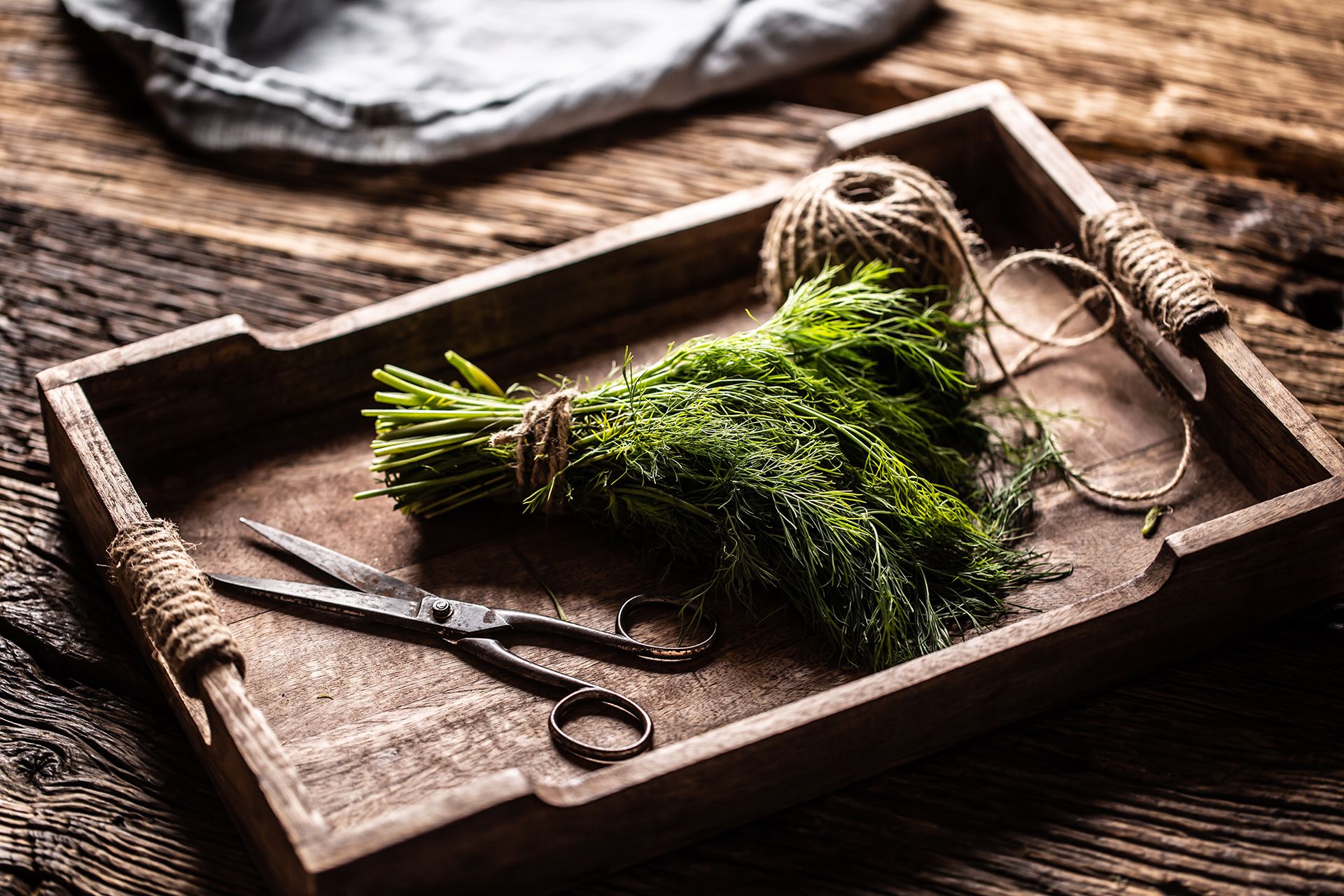

A favorite herb in the kitchen, dill is a gorgeous addition to salads and fish dishes. Knowing how to prune dill is essential for maintaining a healthy plant that will keep producing throughout the season.
Dill has multiple culinary uses and is loved for its subtle aniseed taste. A staple in central and eastern European dishes, the delicate frothy leaves are a go-to herb for seasoning salmon and other fish dishes as well as being the standout flavor of dill pickles. Dill seeds on the other hand are a popular constituent of Indian cuisine as well as infusing in soups and stews. You can even use the pretty yellow flowers as a garnish for salads.
Once you know the basics of how to grow dill, you need on to move on to pruning it – we tell you how in this helpful guide.
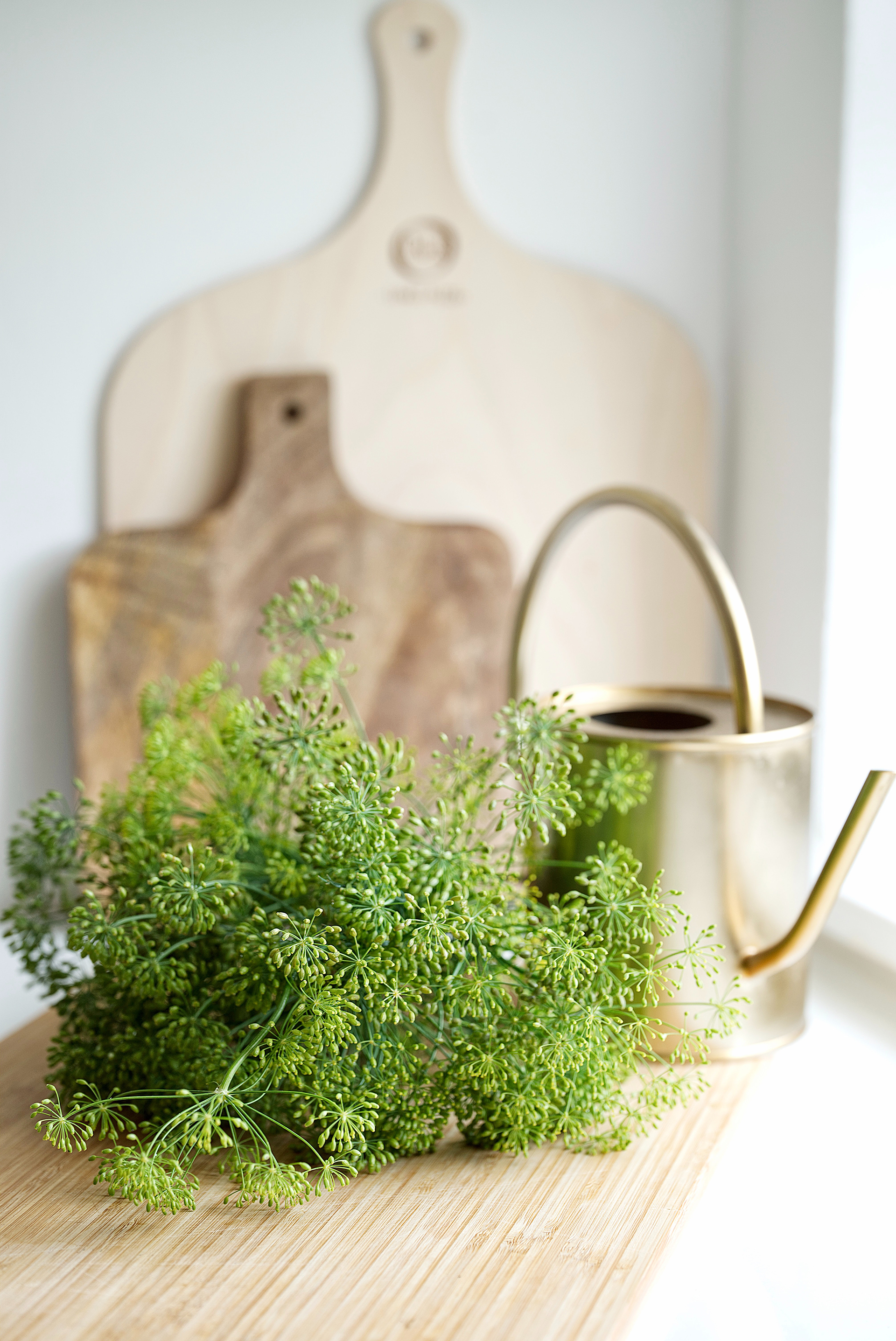
Dill is very easy to grow but is an annual plant. This means it completes its entire life-cycle, from germination to setting seed, in a single year. Plus, dill also has a reputation for dying quickly after producing its seeds.
Therefore, lengthening the lifecycle of this fast growing herb is essential for its longevity and knowing how to prune dill correctly is key. Cutting the herb regularly will increase its yield by making the plant bushier as well as delaying the development of flowers and seeds.
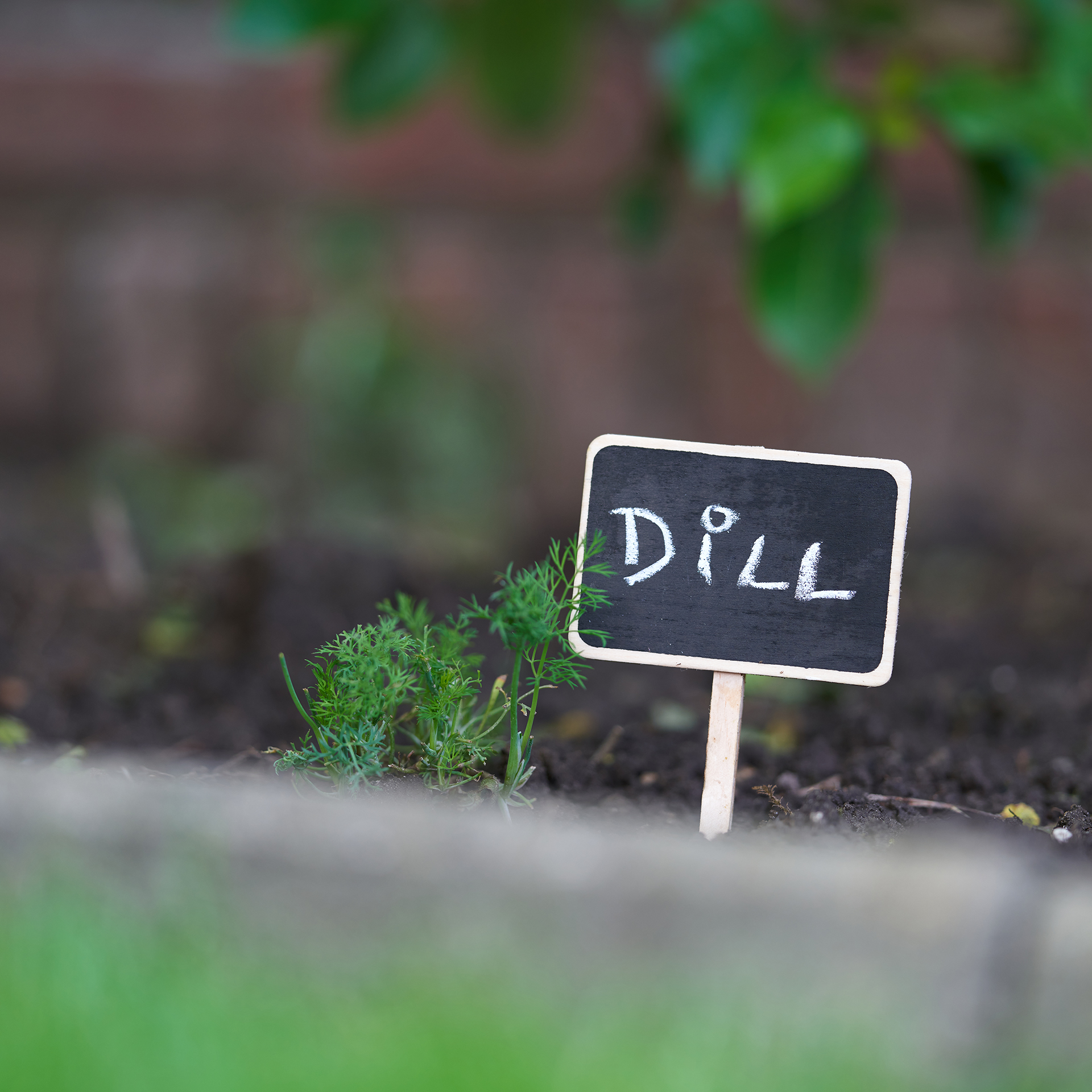
How to prune dill: step-by-step
Pruning dill starts when the plant is still small, once its got around five leaves – somewhere between four and eight weeks after planting.
- Start by pinching the growing tips to encourage a bushier plant. The bushier the plant, the more stems and leaves it has and so more available to harvest.
- At this point you can also cut any longer stems so that all the stems are the same length and the plant has an aesthetically pleasing appearance.
- Be sure to use sharp secateurs or scissors to prevent your pruning from damaging the plant.
- It is important to then leave the plant to recover and return to its previous size as this will ensure that your plant does not die due to over-pruning.
- Then harvest the dill plant when required for culinary or aesthetic reasons. Little and often is a good approach. 'Cut the leaves at the point they join stem or cut the stem within a few inches of the ground, discarding the thick, tough stems,' says Dan Drost in research for Utah State University.
- 'Pinch off the flower buds if you are growing dill for its foliage; the flavor will be most intense before the plant blooms,' says Kristin Winterbottom from Park Seeds. Doing this will extend the life of the plant and as a result ensure you are able to continue harvesting the herbs.
- If you are growing your dill plant for seeds, then you will want to allow the dill plant to flower. You can achieve this by pruning the leaves but leaving the main stems and growing tips intact.
- 'To harvest the seeds, secure a paper bag over the flowerhead as the blooms begin to pass. Shake the stem of the plant every so often; when the bag rattles, it is full of dill seeds,' continues Winterbottom.
- 'If you’re not interested in seeds, cut off entire plants for preserving either in oil or in the freezer just before flowers open,' advises Amy Enfield, Horticulturist for Bonnie Plants. This will ensure you have delicious dill ready to go all-year round.
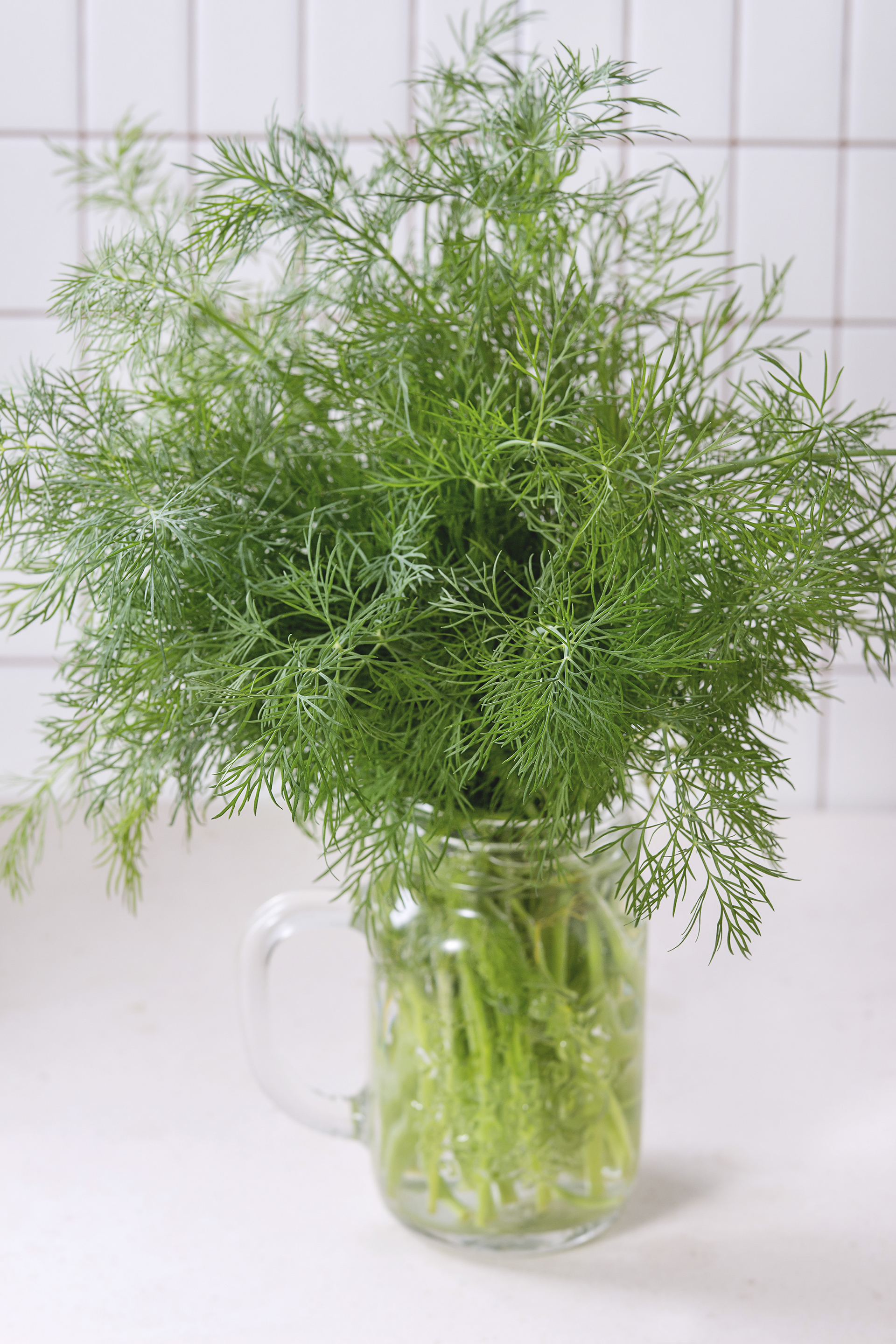
How do I prune back dill?
You prune back dill by 'snipping back the foliage fronds continuously but lightly to encourage healthy growth and prevent flowering. Try not to damage the stems or leaves by using sharp pruning shears,' advises Gena Lorainne from landscaping experts Fantastic Services.
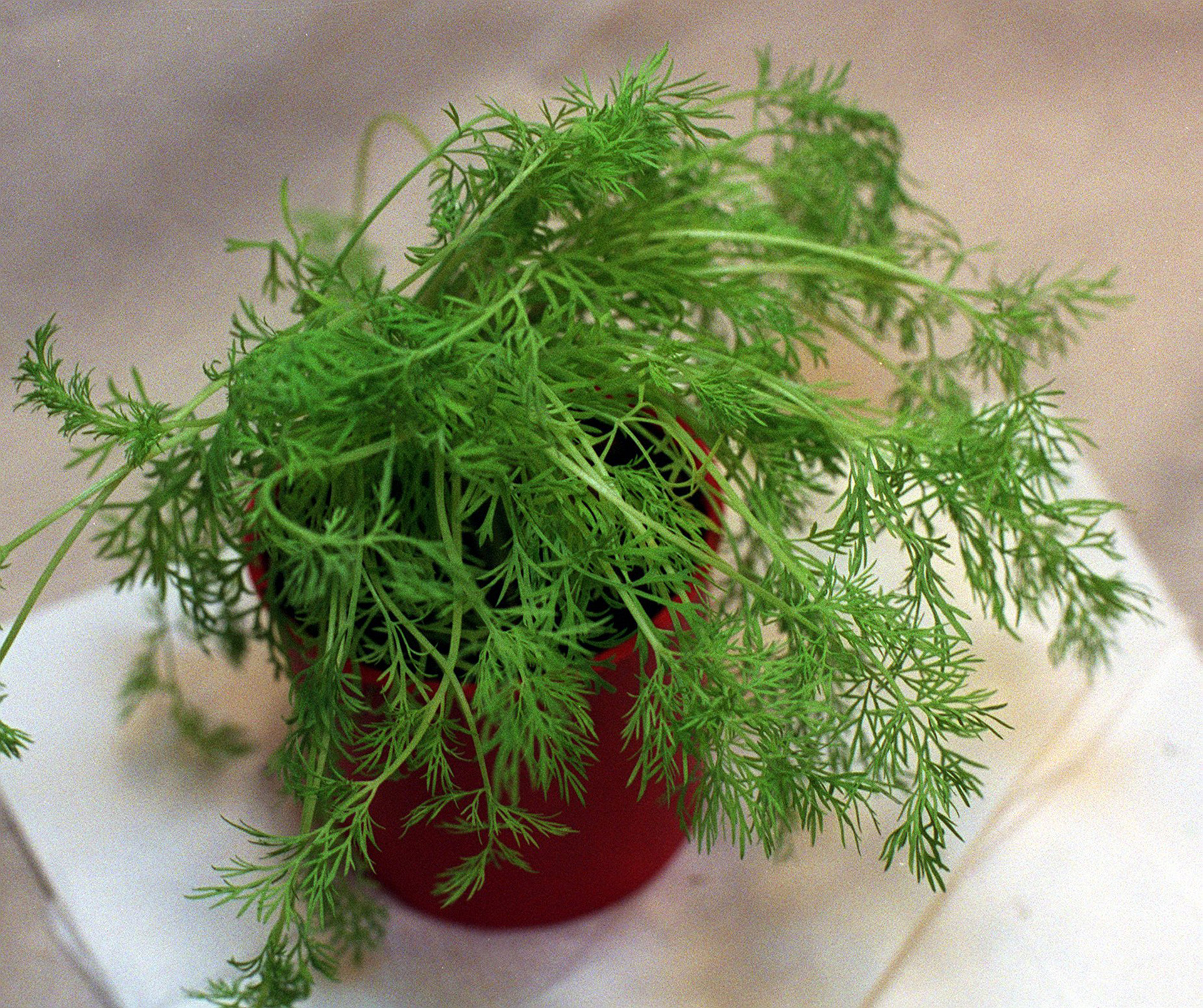
How do you cut fresh dill so it keeps growing?
To cut fresh dill so that it keeps growing, you must never cut back more than a third of the plant and be sure to leave enough time for the plant to recover after pruning. This will ensure that the dill is able to regrow after having been cut back.
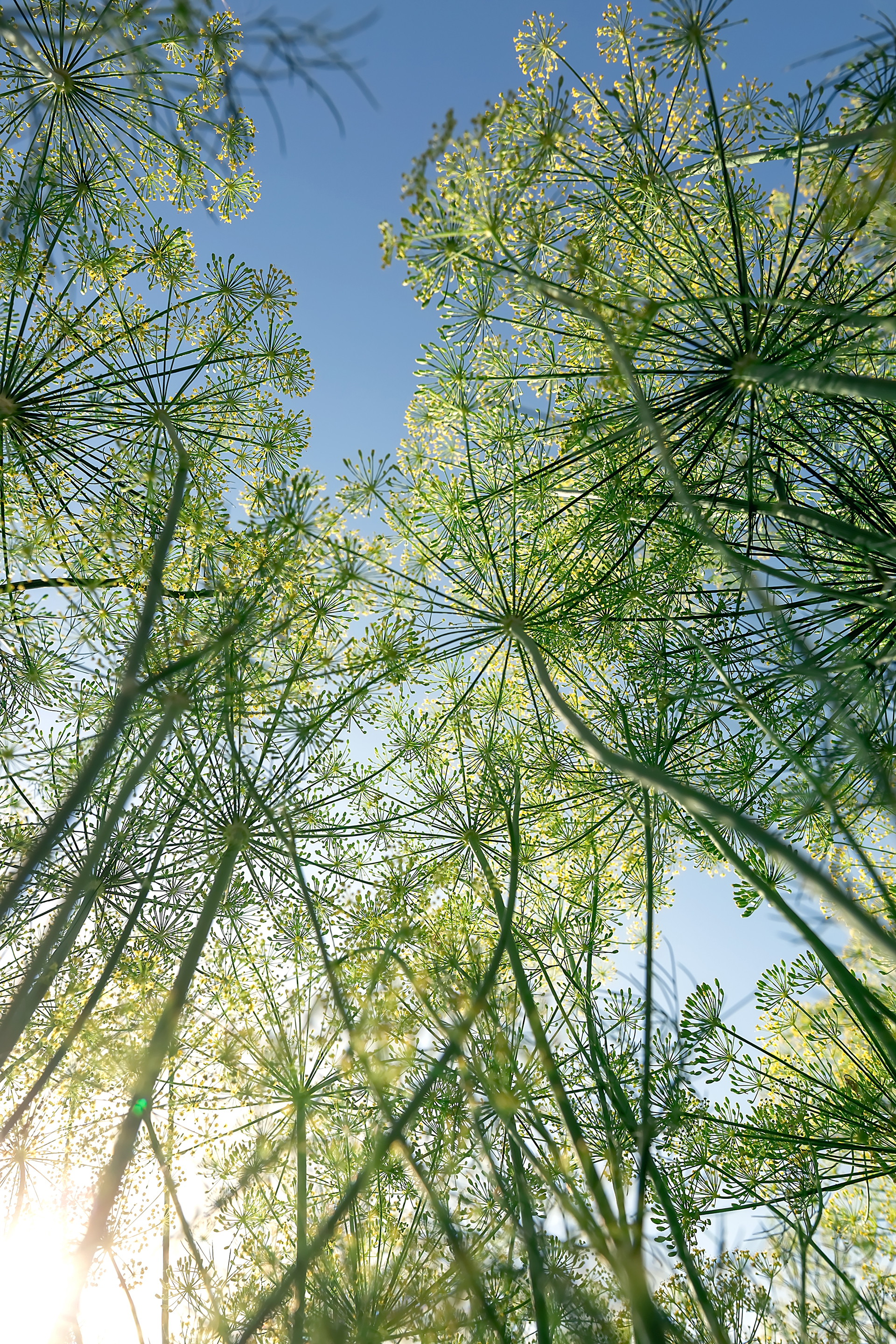
How to prune dill for floral arrangements
Dill also makes a beautiful addition to cut flower arrangements. For this, the method for how to prune dill is slightly different. Therefore, if you want to grow dill for both floral arrangements and culinary use, it is worth growing separate plants.
Avoid pruning the growth tips of the plant so that it can continue to grow and flower. You need to wait until the plant has just started to flower, then cut the stems near the base at bouquet length. 'As a cut flower, it's good with whites and blues or rich, brilliant colors to heighten their contrasts,' suggests plantwoman Sarah Raven. 'The flowers last a few days in a vase'.
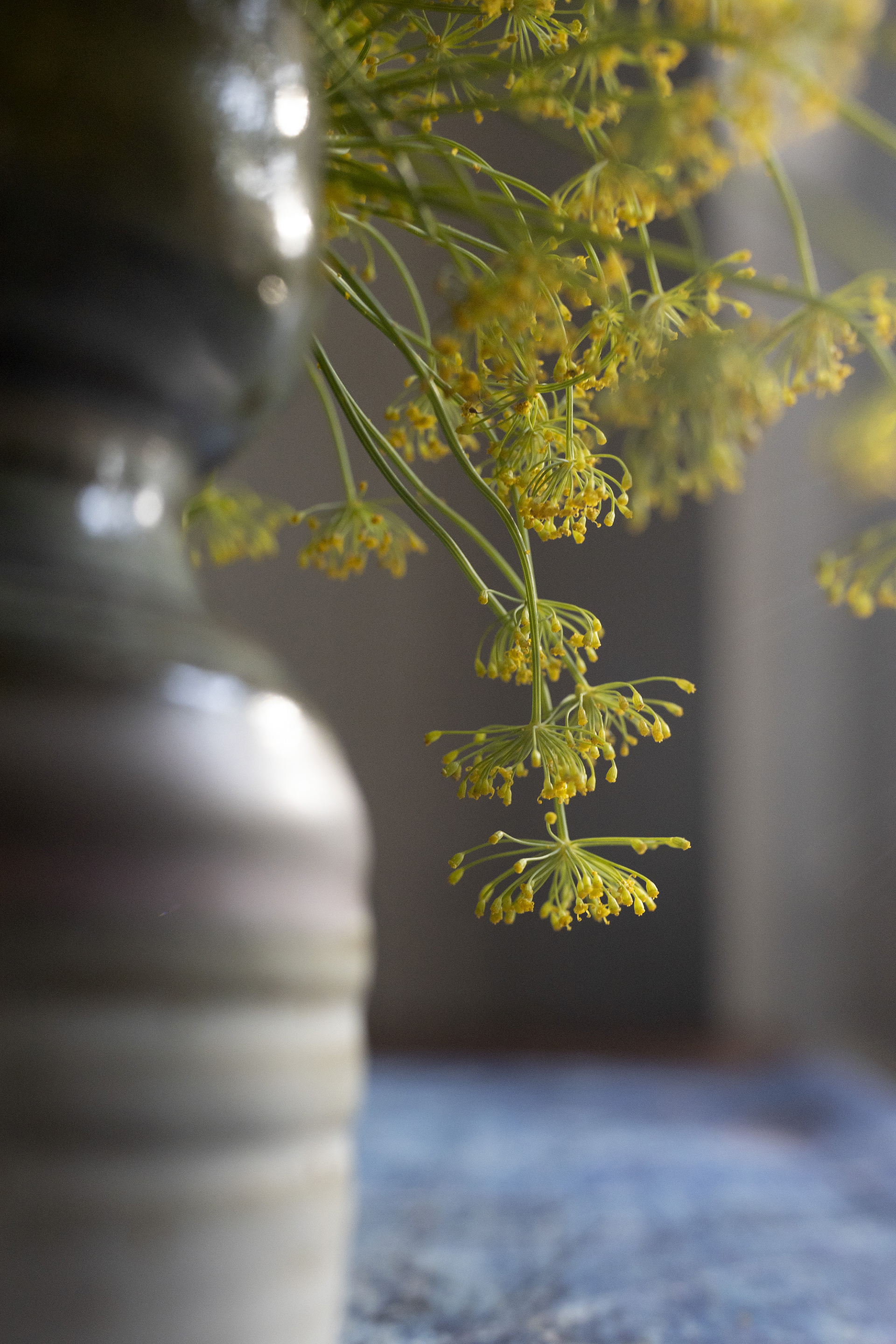
This feature was created by H&G sister brand, Period Living magazine
Subscribe to Period Living for more inspiration
Period Living is the UK's best-selling period homes magazine. A subscription provides you with all you need to know about caring for and improving a traditional house and garden
Sign up to the Homes & Gardens newsletter
Design expertise in your inbox – from inspiring decorating ideas and beautiful celebrity homes to practical gardening advice and shopping round-ups.

Having graduated with a first class degree in English Literature, Holly started her career as a features writer and sub-editor at Period Living magazine, Homes & Gardens' sister title. Working on Period Living brought with it insight into the complexities of owning and caring for period homes, from interior decorating through to choosing the right windows and the challenges of extending. This has led to a passion for traditional interiors, particularly the country-look. Writing for the Homes & Gardens website as a content editor, alongside regular features for Period Living and Country Homes & Interiors magazines, has enabled her to broaden her writing to incorporate her interests in gardening, wildlife and nature.
-
 'Big results before you know it' – Experts urge you to use the ‘Take Away 10’ method for simple decluttering with zero decision fatigue
'Big results before you know it' – Experts urge you to use the ‘Take Away 10’ method for simple decluttering with zero decision fatigueIt can cut hundreds of items from your home in just a few weeks
By Ottilie Blackhall
-
 Kevin Bacon and Kyra Sedgwick's rustic kitchen island is stunning, but controversial – designers say you can get the look without the hassle
Kevin Bacon and Kyra Sedgwick's rustic kitchen island is stunning, but controversial – designers say you can get the look without the hassleA popular material finds an unorthodox home in the couple's kitchen, but experts disagree on whether it should be used – here's how to do it instead
By Sophie Edwards
-
 Water garden ideas – 9 ways to introduce soothing water to your outdoor space
Water garden ideas – 9 ways to introduce soothing water to your outdoor spaceFrom cascading fountains to wildlife ponds, there are plenty of ways to create a tranquil water garden
By Leigh Clapp
-
 How to grow poppies
How to grow poppiesFind out how to grow poppies to enjoy the beauty of these brightly colored tissue paper-like blooms
By Leigh Clapp
-
 How to grow delphiniums from seed
How to grow delphiniums from seedFind out how to grow delphiniums from seed and enjoy these colorful cottage garden favorites filling beds and borders
By Leigh Clapp
-
 How to grow ferns – when and how to plant and care for them
How to grow ferns – when and how to plant and care for themLearn how to grow ferns to enjoy the texture and form of these versatile plants in many areas of your garden
By Leigh Clapp
-
 How to grow sweet peas from seed – in borders and pots
How to grow sweet peas from seed – in borders and potsFind out how to grow sweet peas and where to enjoy their wonderful color, ruffled blooms and sweet fragrance in your garden
By Pippa Blenkinsop
-
 How to make fat balls for birds – easy steps feed our feathered friends
How to make fat balls for birds – easy steps feed our feathered friendsLearn how to make fat balls for birds to ensure their wellbeing throughout the winter
By Holly Reaney
-
 Planning a kitchen garden – from layouts to picking the best crops
Planning a kitchen garden – from layouts to picking the best cropsPlanning a kitchen garden is easy with this expert advice – whether yours is in beds, borders or a dedicated patch – you're guaranteed success
By Leigh Clapp
-
 How to grow cosmos – expert tips on when and where to plant these flowers
How to grow cosmos – expert tips on when and where to plant these flowersLearn how to grow cosmos to add bright color in your garden from summer through to fall with their beautiful blooms
By Leigh Clapp
